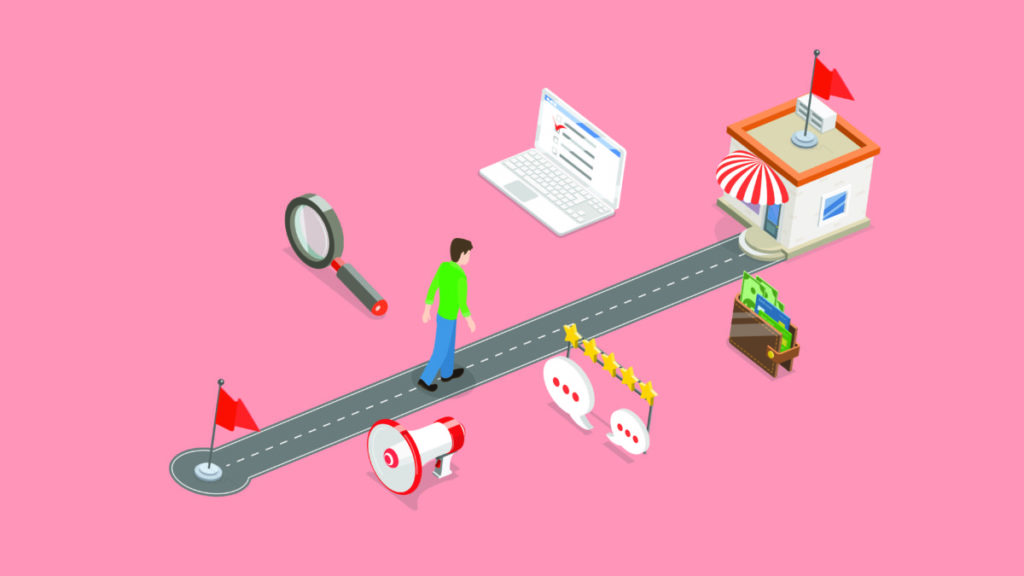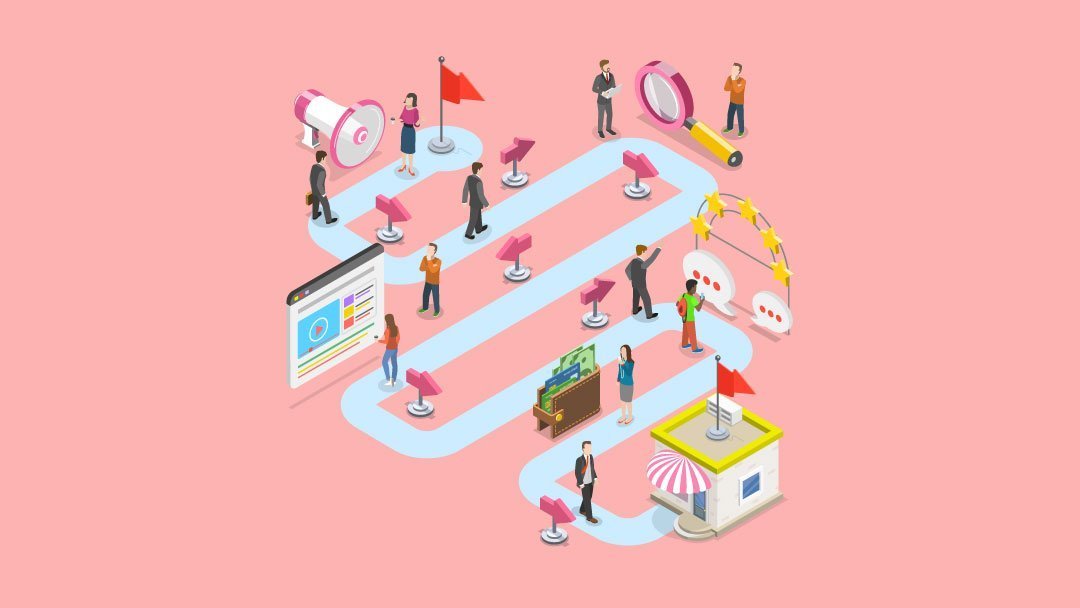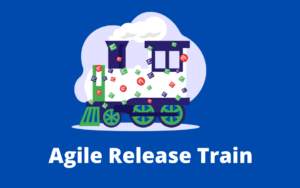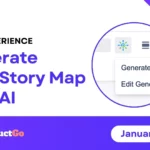The user journey may seem simple from an outside glimpse. After all, doesn’t it seem to be the case that a company provides the product and the customer purchases it? One may believe that this is the whole story. However, project management and product development teams understand that the customer journey is actually much more complex than this. Needless to say, they must plan for that complexity accordingly and they must do it well. If not, the finished product, the project they invested time and energy into, the resources from the company, and potential investors all stand to lose substantially when the product fails on the market.
Fortunately, understanding the target customer journey and all the factors involved is completely possible with apps such as User Story Map, LeanBoard for Jira and Confluence. With this special program, you can collaborate with your team to understand your target customer, show exactly how your customer will perceive your product, indicate how your customer will hear about and acquire your product, and set up a clear and illustrated user journey and journey maps with all the relevant information.
Table of Contents
What is Journey Mapping?

customer-journey
A journey map is a series of illustrations or narrations that show how a customer moves from their current situation to acquiring your product. There may be multiple scenarios that lead them to your product and your business. Accordingly, it is crucial to design multiple user journeys to adequately showcase all the ways a target customer meets your product.
It is particularly useful for pinpointing the key challenges and struggles a customer may face when trying to purchase your product or use your product. The goal is to cut out or fix as many of the challenges as possible so that it is more likely the target customer will be able to access it when necessary. For instance, your current product design may only consider the end-user on your website. Yet, you may not have thought about: How will be directed to your website. How would they learn about your company? Would they encounter competitors along the way? How can you make your company stand out? Can you market yourself on other channels?
How Does Journey Mapping Make a Difference?
A large part of product design and development should deal with how the customer will perceive your product and how they will acquire your product. Without considering these crucial elements, there is a chance that your finished product will not target the right customers, focus on the customers’ needs or desires, be accessible or available to the customer, or appeal to the customer. For these reasons, journey mapping may help your team not only consider these factors but integrate them while designing and developing the product.
Moreover, there is substantial evidence these days to indicate journey mapping may be more important than ever. Customers have developed high expectations when it comes to accessing products and dealing with companies. On the first hand, they can deal with so many channels at the same time; if one company does not have what they need when they need it at the price they want it, they can easily find it somewhere else in the blink of an eye. On the other hand, they expect to reach companies in their preferred mode at any time if they have a question or concern about a product. The ease with which they can accomplish this and the experience they have will cement how they view the company and their long-term relationship with the company. These two factors indicate how user maps can help management roles and teams consider customers in every step of design and development. In this manner, they can make sure their products are successful.
How To Create A User Journey
Since a customer journey is rarely linear from point A to point B, your user journey may not be as straightforward. It is the case that potential customers often engage in different patterns before they actively purchase or acquire a product. They may go back and forth on the decision, they may go to competitors to compare prices and features, or they may take a multi-channel journey… the combinations can be limitless.
Since this is the case, the first step in effective journey mapping is to perform sufficient research on your target customer. You should know as much as possible about your target customers in order to depict an accurate customer or Persona profile. Likewise, research will help you determine which journeys are worth mapping.
Once you have performed adequate research, you will be able to develop Personas for each of your target customers. When you write out Personas, you can tap into exactly who your customer is, their challenges, their needs, and objectives. If you actively collaborate with end-users at this stage of development, you may be able to more precisely define these Personas. However, that is entirely up to you. When collaborating with other management roles, your team, and stakeholders, you can pick and choose the most significant Personas for your product.
Next, you can list out the particular touchpoints the customer may have with your business during their journey. Touchpoints are specific points in time and place where your customer can form an opinion of your product or the business. Although most touchpoints are positive marketing opportunities, they may also be potential challenges your customer faces along the way to your product. There may be a negative review, a page error, or an ad block, amongst others.
Again, it is important to involve your team in this process, especially when selecting or prioritizing certain elements. For instance, the next step requires you to identify the elements and steps in each ideal customer journey. From there, you can determine which resources you have and which resources you will need in order to perfect the real customer journeys. Moreover, since you can reevaluate those determinations at any point in time, you can always prioritize and integrate new information as it comes to light.
One of the most effective ways to start journey mapping today is to use User Story Map with LeanBoard for Jira and Confluence. Easily work with your team and visualize your ideas all in one place. Try it today for free!













